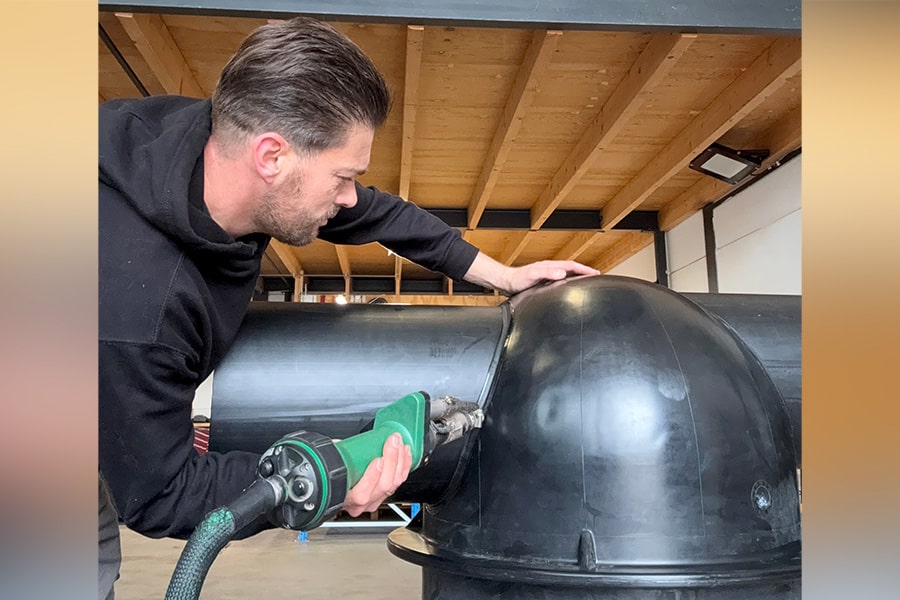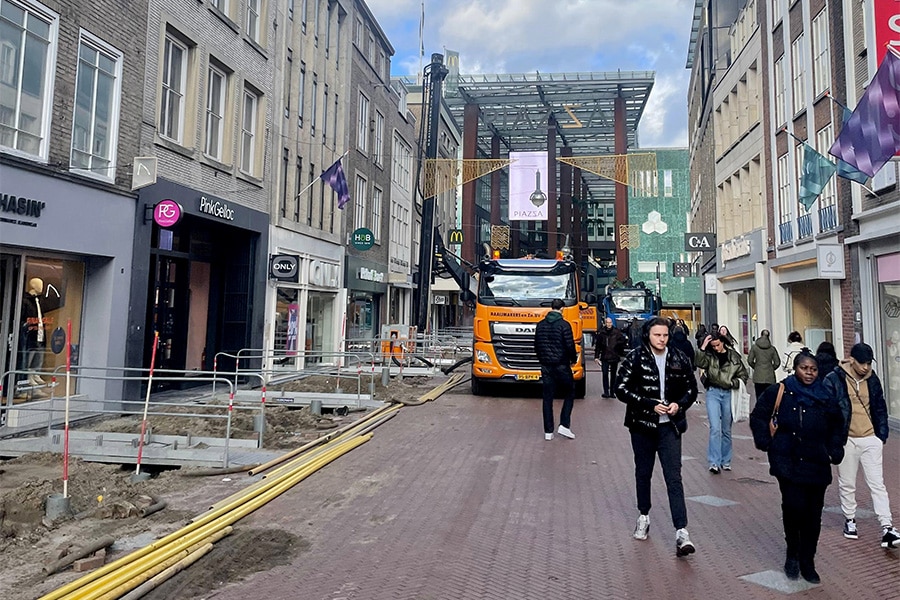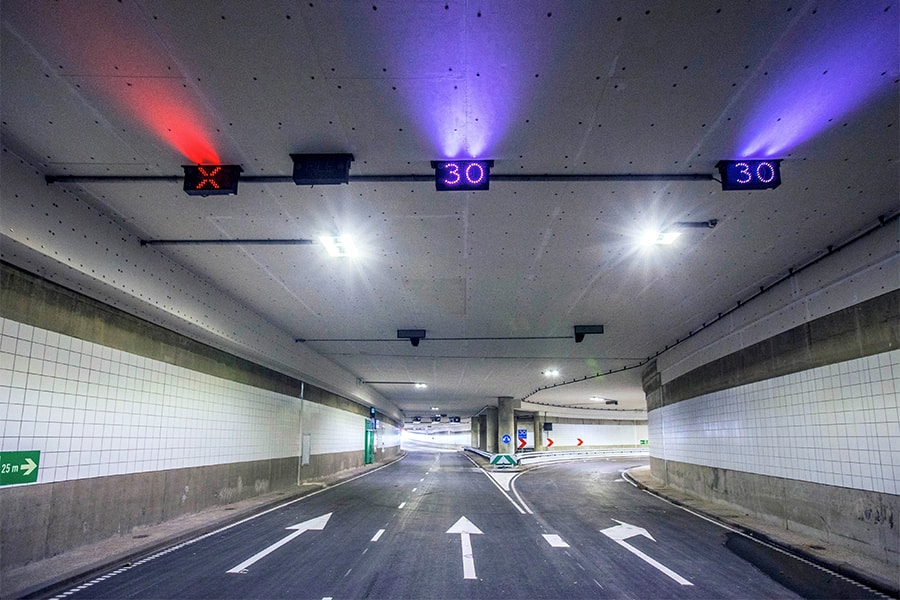
Geo-data specialist to lead on soil investigation & geotechnical consultancy construction WarmtelinQ in South Holland
Subsurface knowledge crucial for laying residual heat pipeline
In the province of South Holland, the WarmtelinQ project is underway, an underground pipeline that will allow residual heat from the Port of Rotterdam to be used to sustainably heat homes and businesses. As a Geo-data specialist, Fugro has been involved in this project since the planning stage in 2017 and has deployed almost all of its services since then. Even disciplines that you would not immediately expect when laying a pipeline, such as performing foundation investigations.
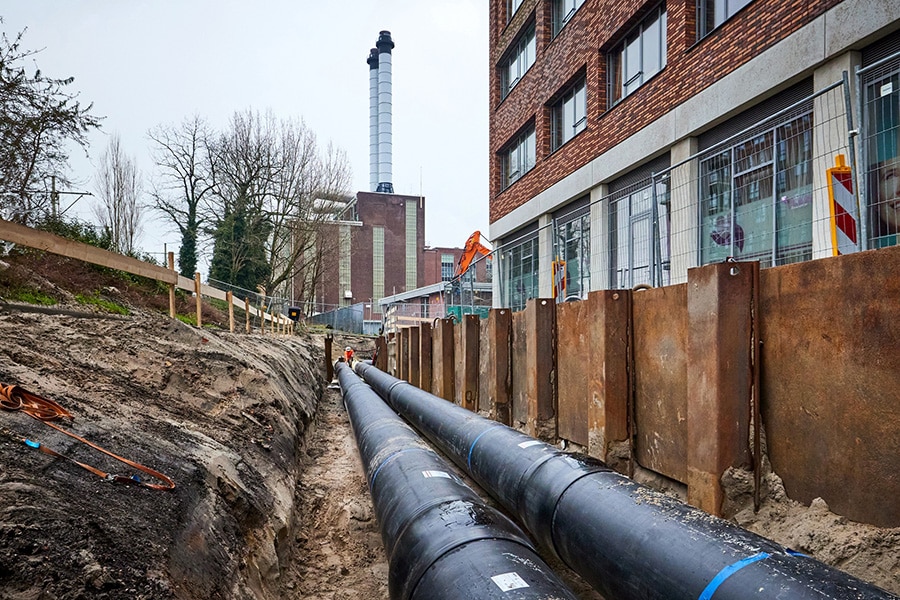
The WarmtelinQ project started as a "pipeline through the middle" in 2017, initially picked up by Eneco and transferred to Gasunie in 2020 at the request of the Ministry of Economic Affairs and Climate. The underground pipeline consists of a supply and return line and runs from the Port of Rotterdam via Vlaardingen to The Hague and later from Rijswijk to Leiden. T-pieces will be installed at various points along the way, to which local heat distribution networks can be connected in the future. The pipeline will run both through urban areas in The Hague and through the polder along the A4 motorway and will be laid in an open excavation and via directional drilling. Steered drilling can be divided into closed front drilling and horizontal directional drilling (HDD drilling). The former is a horizontal drilling without opening up the surface, usually of limited length (25-250 m). In HDD drilling, a drilling corridor is created over a long length into which the pipe line is later drawn. Such HDD drilling can be made over long lengths (up to 1,500 m). Extremely suitable for crossing large watercourses, roads, rivers, natural areas and urban areas.
Netherlands' first electric sounding caterpillar
In view of the energy transition, Fugro is investing in making its own machinery more sustainable. The objective is to be CO2 neutral by 2035. Fugro has an electric mini drill crawler and recently also started using an electric mini sounding crawler. In addition, a large zero-emission CPT unit is under construction that will become operational in mid-2024 and will be able to make more deep soundings in a shorter period of time. This makes Fugro the leader in the Netherlands.
Soil testing and condition
Fugro has been involved in the project from the beginning. "We initially conducted desk research and collected existing information on the soil structure, soil parameters and groundwater levels," says Jeroen Heikes, Senior Project Manager at Fugro. "Based on this, we issued an indicative drainage recommendation and advised which additional soil information needed to be acquired to arrive at a sound design. In addition to the geohydrological aspect, we also looked at the geotechnical part. So that in one phase all the necessary soil research could be carried out." At the time Gasunie entered the picture in 2020, cooperation with Fugro continued in order to maintain continuity and avoid delays. Herman Brink, Senior Consultant Hydrology at Fugro further explains, "After the indicative advice, we carried out the necessary soil surveys, installed monitoring wells and performed lab and environmental investigations. Based on this, a geotechnical longitudinal profile was made of the entire section. Then we started the geohydrological and geotechnical advice."
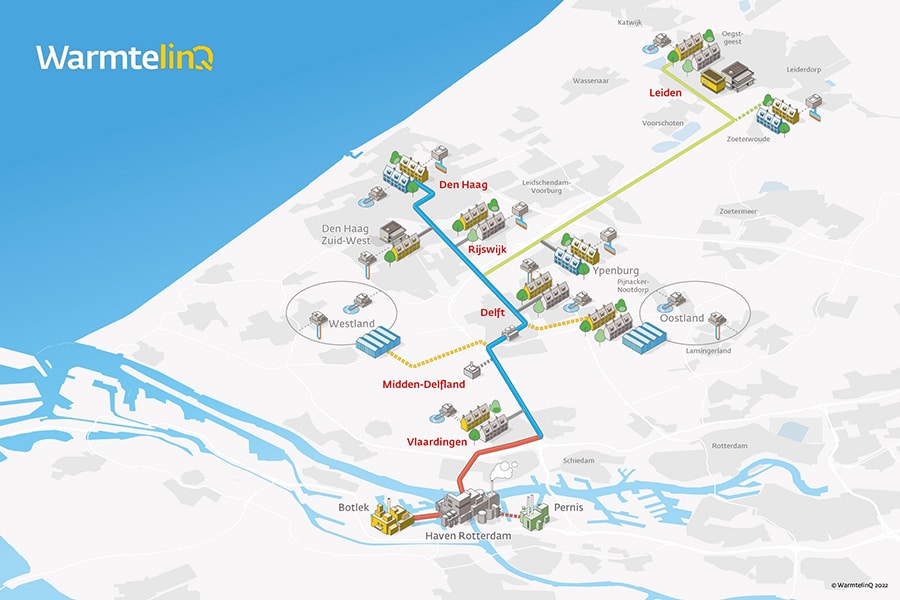
Drainage Consulting
Most of the pipeline will be laid in an open excavation with trench formwork. "There are drainage filters around this to lower the groundwater level," Herman explains. "The key is to extract just enough water to keep the trench dry, but not too much either to limit lowering the groundwater level in the surrounding area. The latter can lead to settlement, desiccation of nature and damage to archaeological monuments. The effect on the stability of the sunken A4 motorway has also been studied. The extracted groundwater must also be discharged. That is also a challenge, since the extracted groundwater is of a different quality, and you cannot just discharge it into surface water everywhere."
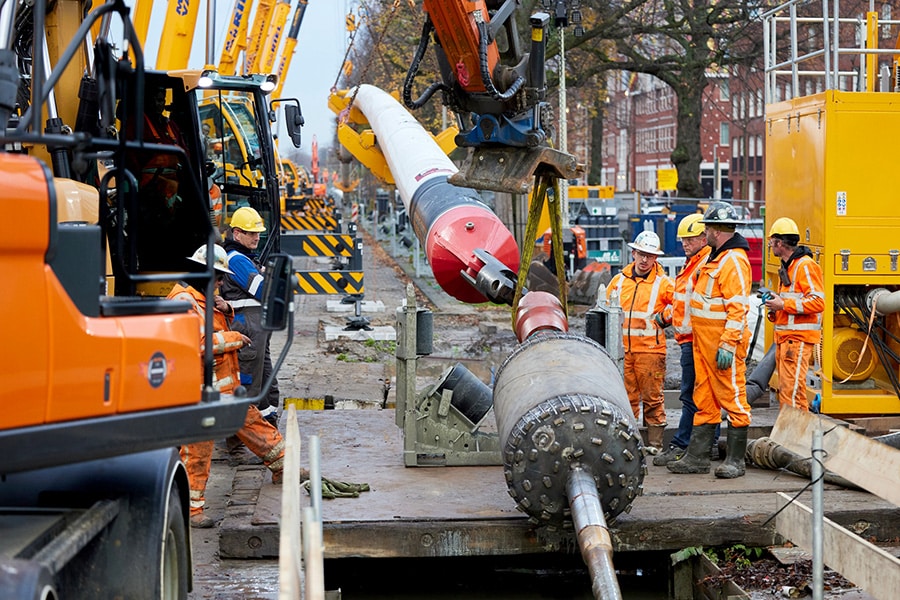
Wall friction
At the larger crossings, open excavation is not possible and different techniques are used depending on the location. For bridging longer distances, an HDD bore was chosen, while for shorter distances a closed front bore is used. In closed front drilling, a construction pit 6 to 8 meters deep is made on both sides of the road to then force a pipe horizontally under the crossing. "To ensure the vertical stability of the construction pit bottom in lower elevations, underwater concrete was provided throughout," Herman says. "By including the wall friction of the remaining water restraining layers along the sheet piles in the calculations of the vertical stability of the pit floor, greater stability is calculated. This means that less underwater concrete is needed, saving euros and CO2."

Soil moisture sensors
In urban areas, the underground pipeline is also laid as much as possible in an open excavation with drainage. "The environment is closely monitored in this process," Jeroen assures. "Based on our experience and investigations carried out for other projects in The Hague, we were able to make a thorough estimate of the foundation type of the buildings within the area of influence, varying from concrete piles, wooden piles and on steel (shallow foundation). A number of locations lacked this data. Here our Foundation Research Department conducted additional foundation inspection, literally exposing the foundation. This knowledge was included in the monitoring plan. The input from our Foundation Research department led us to recommend using soil moisture sensors in addition to monitoring wells (the standard measuring method, ed.). This is because it is not necessarily the case that a drop in the groundwater level leads to deterioration of the foundation timber; experience shows that the presence of soil moisture can reduce the chance of dry-state deterioration. Thanks to this combination of data, WarmtelinQ can do more accurate risk management and give the contractor more leeway to perform the work."
The complexity of the environment makes the project extremely interesting for Fugro. "The project has an awful lot of interfaces and that makes us call on almost all our departments and disciplines. Everything is aimed at influencing the environment as little as possible," says Herman. Fugro therefore remains closely involved even during construction. "If the contractor makes a change, we check what the effect is on the drainage plan, whether it fits within the granted water permit and whether the risk profile remains the same."
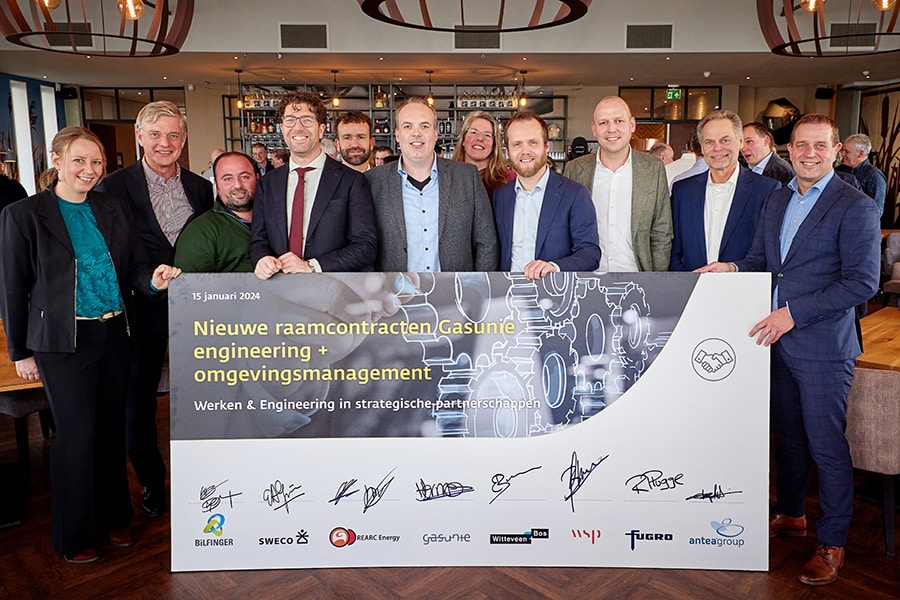
Fugro enters new 10-year strategic partnership with Gasunie
Separate from this project, we will be working with Sweco on Gasunie's environmental management for the transportation and storage of renewable energy in its existing and new networks. During this long period, Fugro will perform ground investigations, environmental and geohydrological research and design work. The energy transition is causing a shift within Gasunie from natural gas to hydrogen, CO2, green gas and heat. The growing demand for these conversions is driving the adaptation of the current network and in the construction and management of its networks. Fugro is pleased that Gasunie has chosen a long-term partnership with Sweco-Fugro to further accelerate energy security and sustainability within the energy transition.
Heeft u vragen over dit artikel, project of product?
Neem dan rechtstreeks contact op met Fugro.
 Contact opnemen
Contact opnemen
